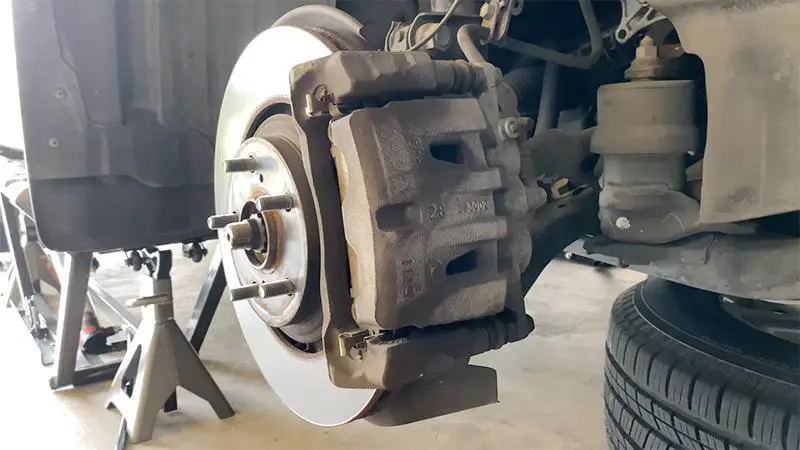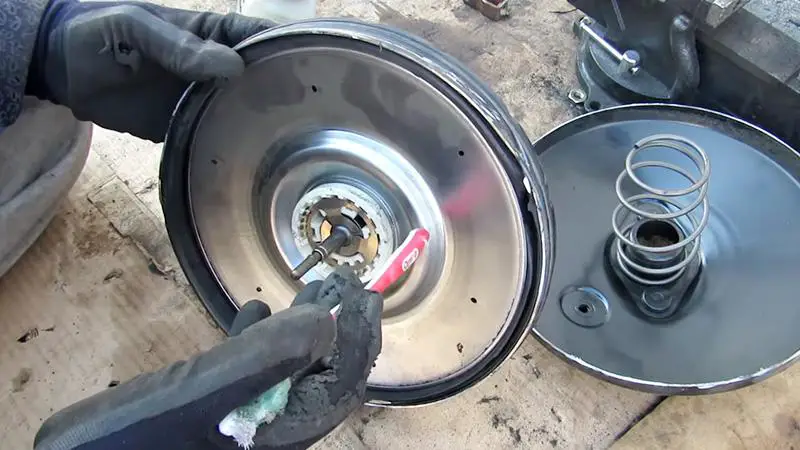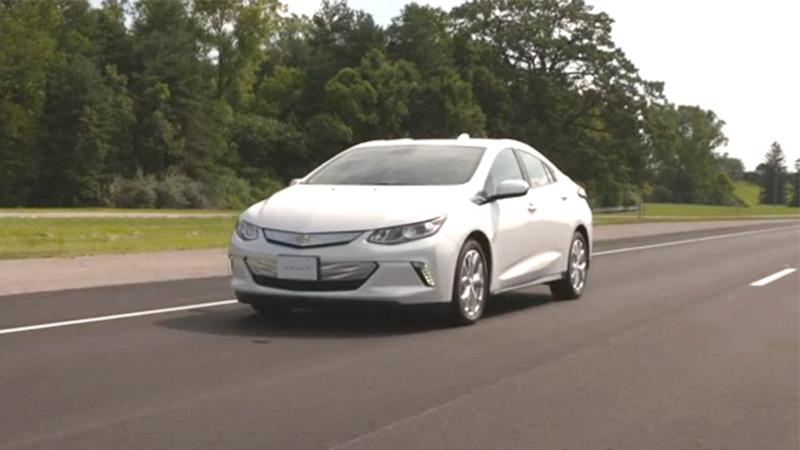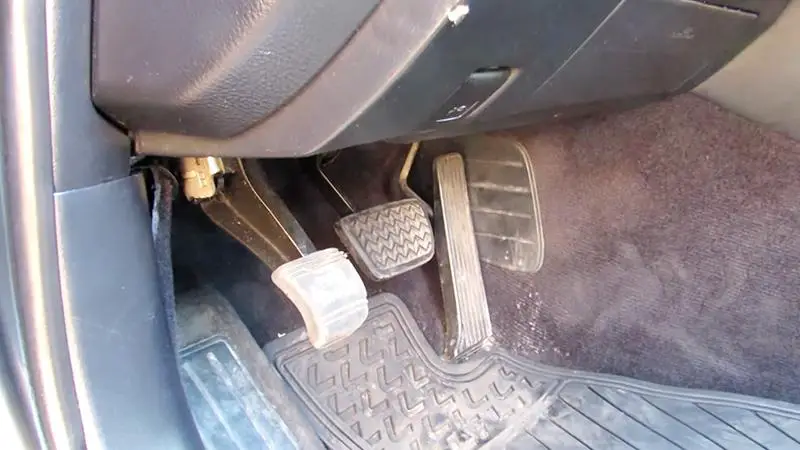Regenerative braking is a type of braking that captures the kinetic energy of a vehicle and converts it into electrical energy, which is then stored in the vehicle’s battery. This can be used to power the vehicle’s electric motor and other systems, reducing the amount of energy that would be lost as heat in traditional friction-based braking systems.

Contents
What is Regenerative Braking – A Theoretical Definition
Regenerative braking is a type of braking system that captures the kinetic energy of a vehicle and converts it into electrical energy, which is then stored in the vehicle’s battery.
This can be used to power the vehicle’s electric motor and other systems, improving the vehicle’s overall efficiency and reducing the amount of energy that would be lost as heat in traditional friction-based braking systems.
Regenerative braking systems are commonly found in electric and hybrid vehicles, where they can help to extend the vehicle’s range and reduce the need for charging.
The system works by using the vehicle’s electric motor as a generator, allowing it to slow the vehicle down while simultaneously converting its kinetic energy into electrical energy.
This electrical energy is then stored in the vehicle’s battery, where it can be used to power the vehicle’s electric motor and other systems.
In addition to improving the efficiency of electric and hybrid vehicles, regenerative braking can also reduce the amount of wear and tear on the vehicle’s brakes, since the electric motor can be used to slow the vehicle down instead of the traditional friction-based brakes.
This can help to extend the lifespan of the brakes and reduce the need for maintenance and repair.
Overall, regenerative braking is an important technology for electric and hybrid vehicles, helping to improve their efficiency and reduce their environmental impact.
How Does Regenerative Braking Works

The working procedure of regenerative braking is quite simple.
- When a vehicle equipped with regenerative braking is in motion, its electric motor is used to drive the wheels and propel the vehicle forward.
- When the driver applies the brakes, the electric motor is switched into “generator” mode, allowing it to slow the vehicle down while simultaneously converting its kinetic energy into electrical energy.
- This electrical energy is then stored in the vehicle’s battery, where it can be used to power the electric motor and other systems in the vehicle.
- In some cases, the energy captured by the regenerative braking system may be used to power other systems in the vehicle, such as auxiliary systems like air conditioning or lighting.
- As the vehicle slows down, the regenerative braking system may be used in conjunction with traditional friction-based brakes to bring the vehicle to a complete stop.
Overall, regenerative braking allows a vehicle to recover some of the energy that would be lost in traditional braking systems, improving the vehicle’s overall efficiency and reducing the amount of wear and tear on its brakes.
How Does Regenerative Braking Work on Electric Vehicles?

The regenerative braking system in an electric vehicle has some differences from the regular gas, hybrid, and gasoline cars.
In an electric vehicle (EV), regenerative braking is used to capture the kinetic energy of the vehicle and convert it into electrical energy, which is then stored in the vehicle’s battery.
This can be used to power the vehicle’s electric motor and other systems, improving the vehicle’s overall efficiency and extending its range.
In a gas hybrid vehicle, the regenerative braking system works in a similar way, but it is used in conjunction with a traditional internal combustion engine.
The kinetic energy captured by the regenerative braking system is used to recharge the vehicle’s battery, which can then be used to power the electric motor and assist the internal combustion engine. This can help to improve the vehicle’s fuel efficiency and reduce emissions.
In a traditional gasoline-powered vehicle, regenerative braking is not used. Instead, the kinetic energy of the vehicle is dissipated as heat through the brakes, which can cause wear and tear on the brakes and reduce the vehicle’s overall efficiency.
Overall, the main difference between electric and gas hybrid vehicles is the way that they use the energy captured by the regenerative braking system.
In an EV, this energy is used exclusively to power the electric motor and other systems, while in a gas hybrid vehicle it is used to supplement the internal combustion engine.
Does Regenerative Braking Affect Brake Pedals?

In vehicles equipped with regenerative braking systems, the brake pedals may feel different than in traditional vehicles.
In some cases, the brake pedal may require less effort to slow the vehicle down, since the electric motor can be used to help slow the vehicle down.
In other cases, the brake pedal may feel “spongy” or less responsive, since the regenerative braking system may be working in conjunction with the traditional brakes.
Overall, the effect of regenerative braking on the brake pedals can vary depending on the specific vehicle and the design of its braking system.
In some cases, the regenerative braking system may make the brake pedals feel different than in traditional vehicles, but in other cases, the difference may be less noticeable.
